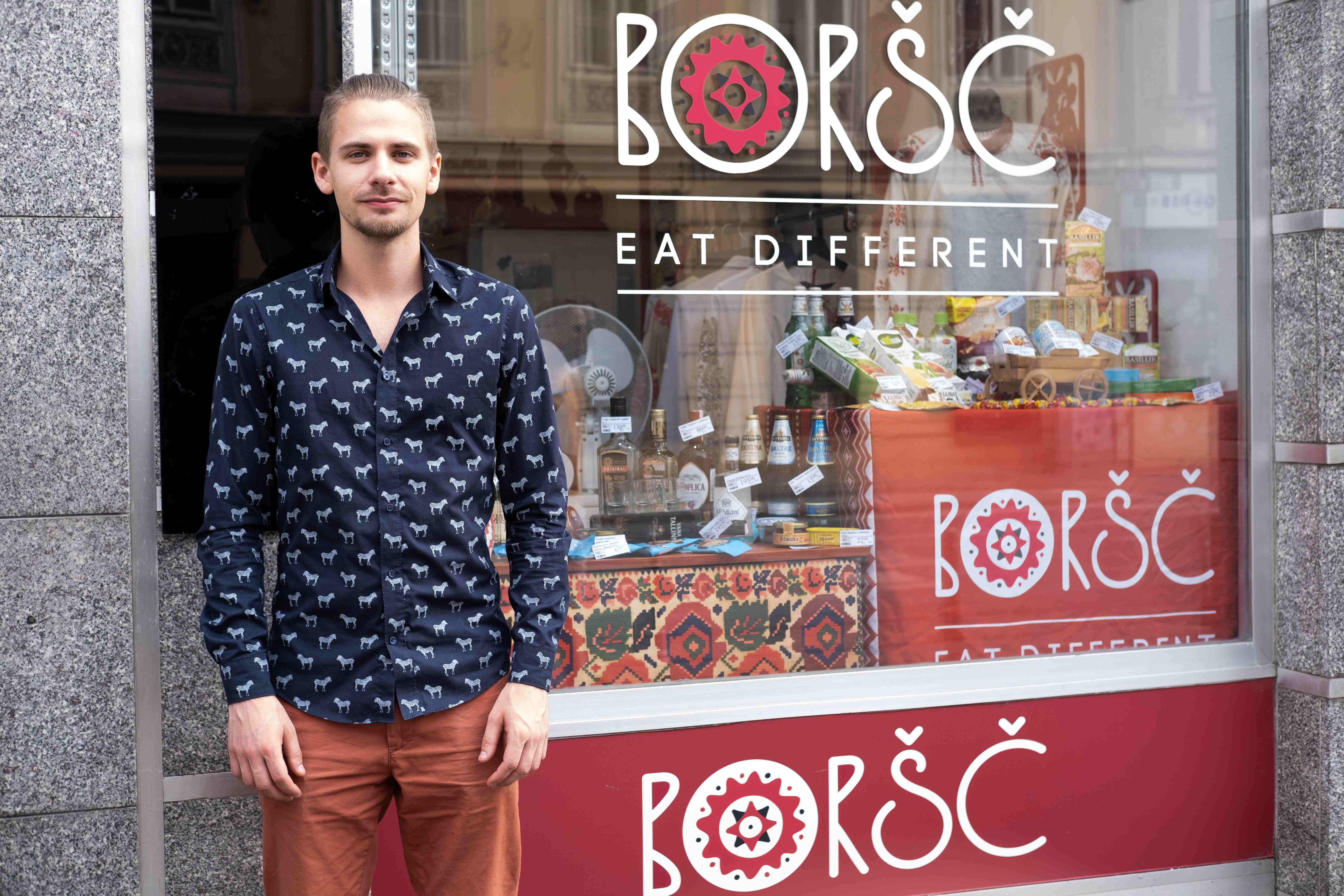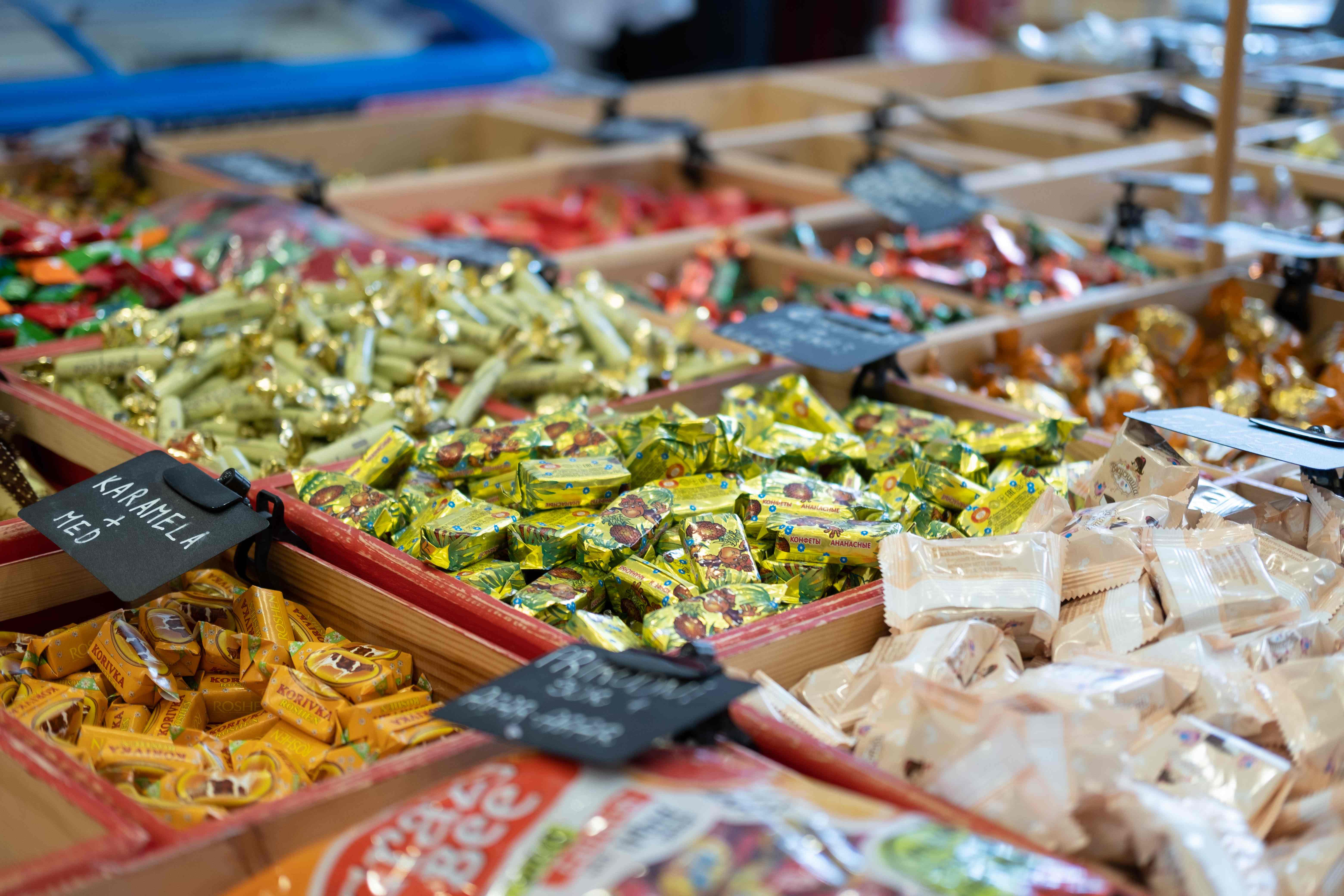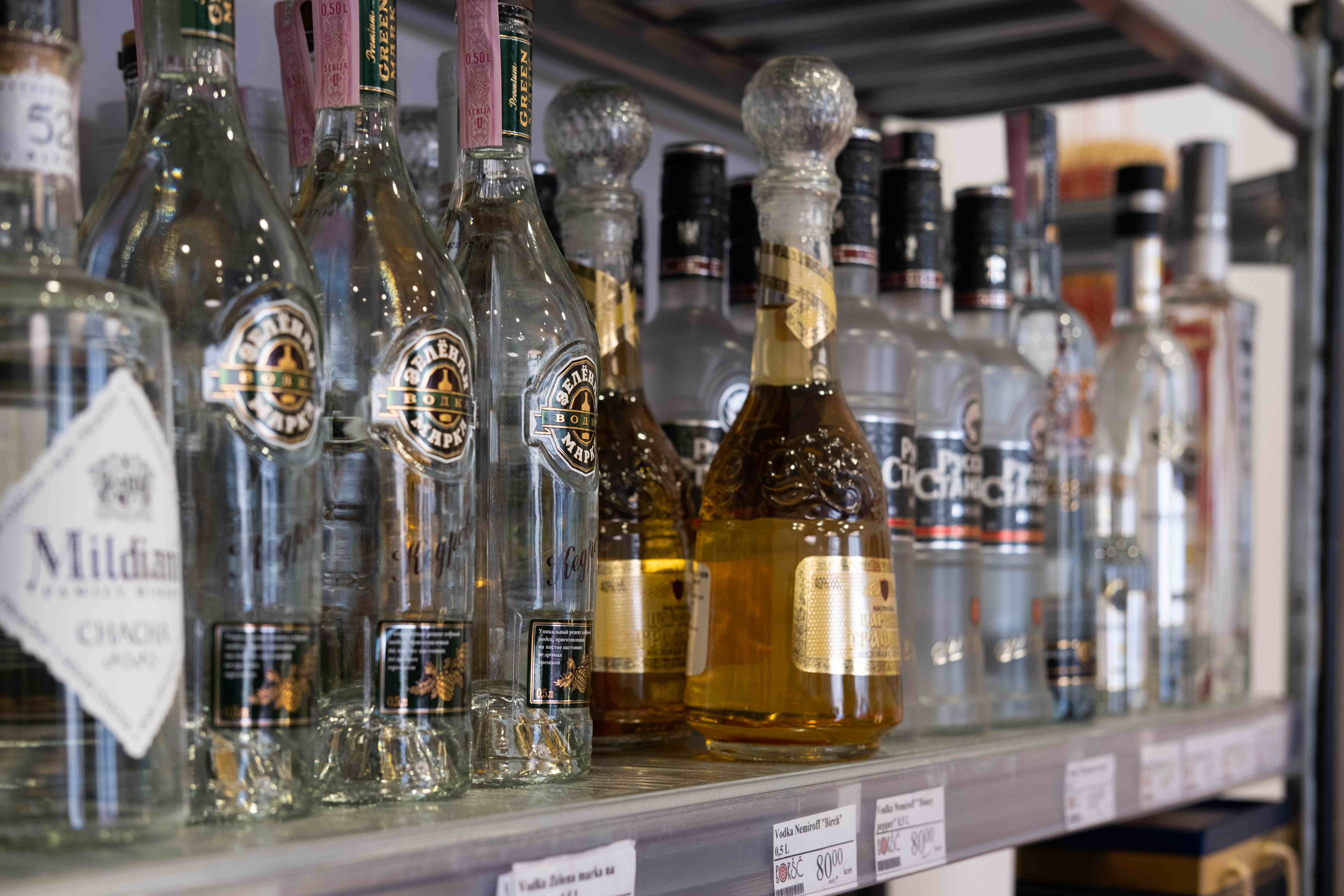September 15, 2020 - Continuing our series on Zagreb’s international food offer and the stories behind these cuisines and businesses. This time, Croatia's only pan-Slavic food specialists - Boršč
My name is Demian and I'm from Ukraine. My mother worked in Croatia, so I went to high school and to college here. She used to work in diplomacy. We moved around a lot. We went from Ukraine to Serbia, back to Ukraine, then to Croatia. Since coming here, aged around 15, I've been back to Ukraine only for visits – a month or two at maximum. Although I'm from western Ukraine, Lviv, a cultural town near the border with Poland, I also speak Russian and Croatian. And English. Apart from English, they're all Slavic languages, so you can find many words that have the same root. But, knowing both, I can say that the Russian and Croatian languages are really different from each other. Ukrainian is quite similar to Russian, although not as similar as some of the Balkan languages are to each other.
We opened Boršč four years ago. It started as a family business, me and my mum. We wanted to stock all the things we missed. Food and drinks from Ukraine, Poland, Russia, Estonia and Lithuania.
Ukrainian food is really not so sophisticated. Some dishes can take many hours to prepare and cook, but ingredients-wise, it's really not complicated. For instance, we have varenyky – the nearest thing you'd know them as is pierogi from Poland. They are traditional dumplings. You can fill them with anything you want. Cabbage. Potatoes, mushrooms. Potatoes and mushrooms. There are sweet versions with cherries or berries like strawberry. The savoury ones we usually fry in a pig fat which has some meat on it. It's a bit like Croatian čvarci, but softer and with more meat attached.
We have boršč. The recipe is a bit different to the Russian ones. Several countries lay claim to the soup. But, many do say that it is originally Ukrainian. Its name comes from a green plant which grows there, in wet areas, borschevik. The original boršč was green, not purple from beets. We still make the green one now, sometimes with different ingredients, and more often in summer. Sometimes it's completely vegetarian, other times it has meat and some people cook it using only vegetables and beef or pork bones.
I've never come across a country more reliant on pig meat than Ukraine. If you think that Croatians eat a lot of pig, you should go to Ukraine! You have much more beef, veal and lamb in the Croatian diet. Those dishes you don't have regularly in the Ukrainian diet. We do eat chicken and, yes, there are some beef dishes. The fish we eat is completely different to that eaten in Croatian – ours comes from the Black sea, the Baltic or the North sea. The most popular is salmon. To be honest, I don't know the English names of the other fish, ha! I'm sure people in the UK have the same ones on their menu.
The climate in Ukraine can be tough. It's much colder there. Potatoes and cabbage grow well. In Croatia, you have beautiful tomatoes and green salad. You would not see that in Ukraine. But, our potatoes are the best. The land is very fertile, particularly in central Ukraine. It's good for growing.
In Boršč we sell several kinds of fish which are popular in Ukraine and Baltic countries – salmon, herring and trout. Our smoked salmon comes from the north sea. Almost everything in the shop comes from Europe, much of it from Norway, like the salmon, the red caviar, other fish. This salmon is actually smoked in the Netherlands. In Croatia, salmon is usually sliced thinly in the stores. They don't have the tradition like in northern countries to sell it in these styles of pieces. It's a really popular item in the store. We have caviar from the North sea, some from the Caspian sea. And we have salt cod – bakalar in Croatian - and cod liver, which is incredibly popular in Ukraine. It's considered a delicacy and is something of a national dish, often served on toast. Chocolates from Russia, Ukraine and Poland were one of the biggest revelations TCN tried at Boršč - they were incredible! They have a higher content of (expensive) cocoa and less (cheap) sugar than most of the chocolates made in Croatia
Chocolates from Russia, Ukraine and Poland were one of the biggest revelations TCN tried at Boršč - they were incredible! They have a higher content of (expensive) cocoa and less (cheap) sugar than most of the chocolates made in Croatia
Sweets are really good in Ukraine and Russia. They're very different to sweets in western Europe. And different to those in Croatia too. Something like Lindt is much more sweet and buttery. Ukrainian and Russian sweets have a higher percentage of cocoa. Some of our Croatian customers are chocolate connoisseurs and these are very popular with them. Another popular purchase made by Croatians is halva – it's usual to only find the Turkish ones here. They are quite tough, made from sesame. Ours are softer, made from sunflower.
 The colourful display of pan-Slavic specialist chocolates dominates the centre of the shop - you so want to try them all!
The colourful display of pan-Slavic specialist chocolates dominates the centre of the shop - you so want to try them all!
We have dark beers and light beers. They're from Lithuania, Russia and Poland. We have wines from Moldova and Georgia. We have sparkling wines from Russia and Ukraine. The Georgian wine is the best we have. Georgia claims to be the oldest winemaking country in the world. Winemaking is proven to be at least 8000 years old there. They have the oldest indigenous grape in the world. Georgians bury their wine underground in Kvevri - huge clay jars, which add an extra flavour. After the wine is fermented like this, it doesn't require the addition of preservatives when being bottled.
We have many preserved vegetables, like yellow tomatoes, seasonings and different types of sunflower seed, condiments that might be comparable to ajvar. This one is from Georgia and is a spicy mix of vegetables, using garlic, paprika and horseradish. One of our best-selling items is actually condensed milk. It's used not only in the Slavic kitchen but in the cuisine of Asia and South America.
This is kvass. It's a fermented drink, but it's non-alcoholic. It's popular in all north European countries, the whole Baltic region and especially popular in Russia. The taste is very specific. It's somewhere between Coca cola and beer. The ones we sell come from Russia and Ukraine. We also have a couple of types of birch juice. It's a traditional non-alcoholic drink made from the sap of the birch tree. It's maybe a little comparable to Croatia bazga, but much, much less sweet. It's very healthy. The sugars in it are natural ones. It has an incredibly refreshing taste and maybe a very soft lemon aroma (TCN tried this – it was amazing!)
Some of the most prestigious items we sell are the varieties of hard alcohol. We have Armenian brandies. This one, Ararat, is considered to be the best one in the world. We have several vodkas, including Beluga, which is a premium vodka from Russia. We have a Ukrainian vodka and we have a honey and pepper flavoured one too. You can easily tell the quality of a vodka from the aroma and the aftertastes.
Most of our customers are actually Croatian - around 60%. Russians and Ukrainians are the next highest percentage. We have some Polish and Lithuanian people come in, but it's usually young people who are here to study with Erasmus.
I've been living in Croatia for about 11 years now. I enjoy life here. Everything is simple, easy, relaxed. It's considered one of the safest countries to live. And you can really feel that. It feels safer than the other two countries where I've lived. I'm maybe too young to yet know if I will stay here forever, but I can definitely say that I enjoy Croatia.
You can visit Boršč at Vlaška 58 (ulaz s trga Drage Iblera)
To follow our whole series on international cuisine and to follow the Croatian restaurant and gastro scene, keep an eye on our Gourmet pages

All photographs © Mateo Henec
For the latest travel info, bookmark our main travel info article, which is updated daily.
Read the Croatian Travel Update in your language - now available in 24 languages


